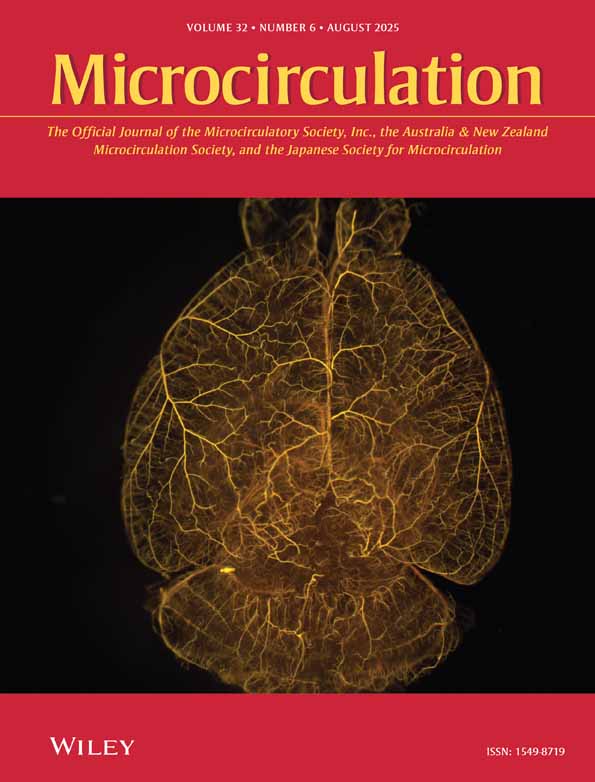Retinal Vascular Caliber and the Long-Term Risk of Diabetes and Impaired Fasting Glucose: The Blue Mountains Eye Study
This study was supported by the National Health and Medical Research Council, grant numbers 153948, 211069 and 302068.
ABSTRACT
Objective: To assess the associations of retinal vessel caliber with the 10-year incidence of diabetes and impaired fasting glucose (IFG). Methods: The Blue Mountains Eye Study is a population based cohort study of Australian residents aged at least 49 years, with baseline examinations conducted during 1992–4. Retinal arteriolar and venular calibers were measured and summarized from baseline digitized images in 3368 participants. Diabetes was defined as a physician-diagnosis of diabetes or fasting blood glucose ≥ 126 mg/dL and IFG as fasting blood glucose 109 to 125 mg/dL. Ten year incidence of diabetes and IFG was defined from 5- and 10-year follow up data. Results: After adjusting for age and gender, wider retinal venular caliber was associated with an increased incidence of diabetes and IFG. These associations were not significant after controlling for baseline glucose, body mass index and other factors. In persons 49–70 years of age at baseline, however, the association of wider retinal venular caliber and incident IFG persisted after further controlling for other factors (OR, 1.53, 95% CI, 1.11–2.12). Retinal arteriolar caliber was not associated with incident diabetes or IFG. Conclusions: This study suggests that wider retinal venular caliber was associated with higher risk of IFG in middle-aged persons.




